MENLO PARK, Calif. — Imagine a camera so powerful it could spot a golf ball 15 miles away, cover an area of the sky seven times wider than the full moon, and produce images so detailed they would require hundreds of ultra-high-definition TVs to display just one at full size. This incredible piece of technology isn’t just a pipe dream – it’s a reality, and it’s called the Legacy Survey of Space and Time (LSST) Camera. Once in place on a telescope in Chile, the 3200-megapixel camera will be tasked with gathering an unprecedented amount of data about our universe, yielding new insights into everything from dark energy to asteroids.
After two decades of tireless work, scientists and engineers at the Department of Energy’s SLAC National Accelerator Laboratory and their collaborators are celebrating the completion of this groundbreaking camera. As the heart of the Vera C. Rubin Observatory, a joint project funded by the DOE and the National Science Foundation, the LSST Camera is set to revolutionize our understanding of the universe.
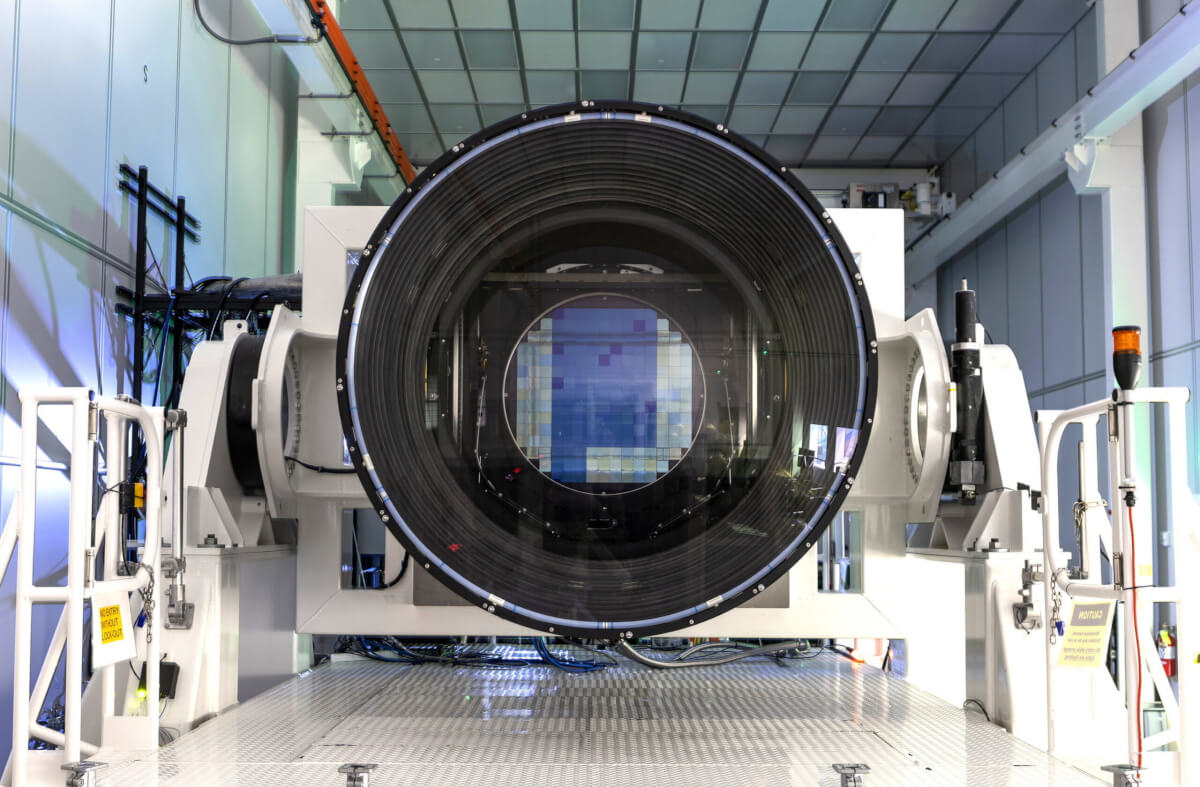
So, what makes this camera so special? For starters, it’s enormous – roughly the size of a small car and weighing in at around 3,000 kilograms (3 metric tons). Its front lens alone is over five feet across, making it the largest lens ever created for astronomical purposes. But size isn’t everything – it’s the camera’s incredible resolution that truly sets it apart. Astronomers are beyond excited to see what the LSST camera can produce and how it will significantly broaden space research.
“These images with billions of stars and galaxies will help unlock the secrets of the universe,” explains SLAC professor Aaron Roodman, the Rubin Observatory Deputy Director and Camera Program Lead, in a media release.
Over the next ten years, the LSST Camera will generate a massive trove of data on the southern night sky, providing researchers with unprecedented insights into some of the most profound mysteries in physics today. One of the key focuses will be on dark energy, the mysterious force driving the accelerating expansion of the universe. By studying subtle distortions in the light from distant galaxies, a phenomenon known as weak gravitational lensing, scientists hope to better understand how dark energy has shaped the evolution of the cosmos.
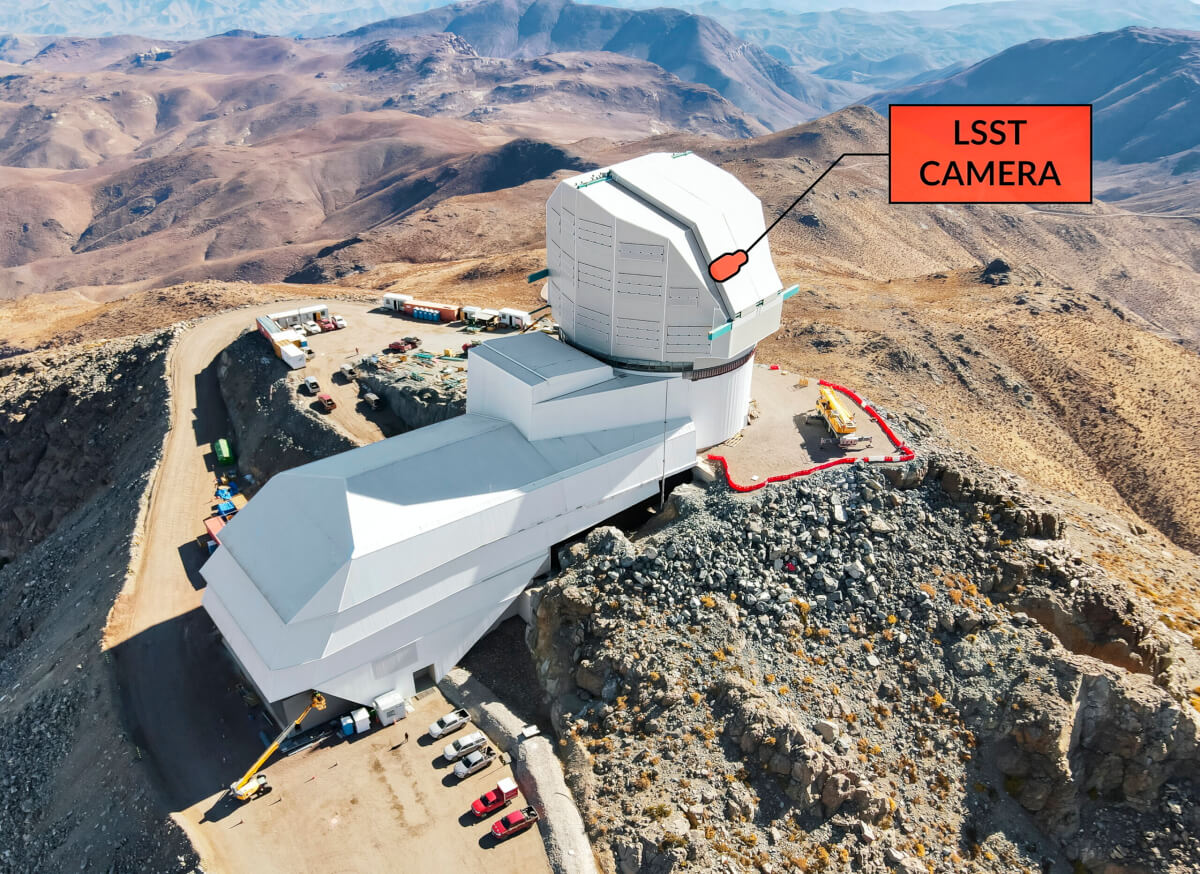
Another major target is dark matter, the invisible substance that makes up around 85% of the matter in the universe. By mapping out the distribution of galaxies and how it has changed over time, researchers aim to shed new light on the nature of this elusive material.
But the LSST Camera’s potential extends far beyond these cosmic riddles. The same images that reveal details of distant galaxies will also help researchers study our own Milky Way in unprecedented detail, potentially yielding new insights into its structure, evolution, and the myriad stars and objects within it. Even closer to home, the camera could help identify potentially hazardous asteroids in our solar system and improve our understanding of how it formed.
Developing a camera of this scale and complexity was no easy feat, requiring a host of technological innovations and collaborations. Brookhaven National Laboratory built the camera’s digital sensor array, Lawrence Livermore National Laboratory and its partners designed and built the lenses, and the National Institute of Nuclear and Particle Physics in France contributed to sensor and electronics design and built the camera’s filter exchange system.
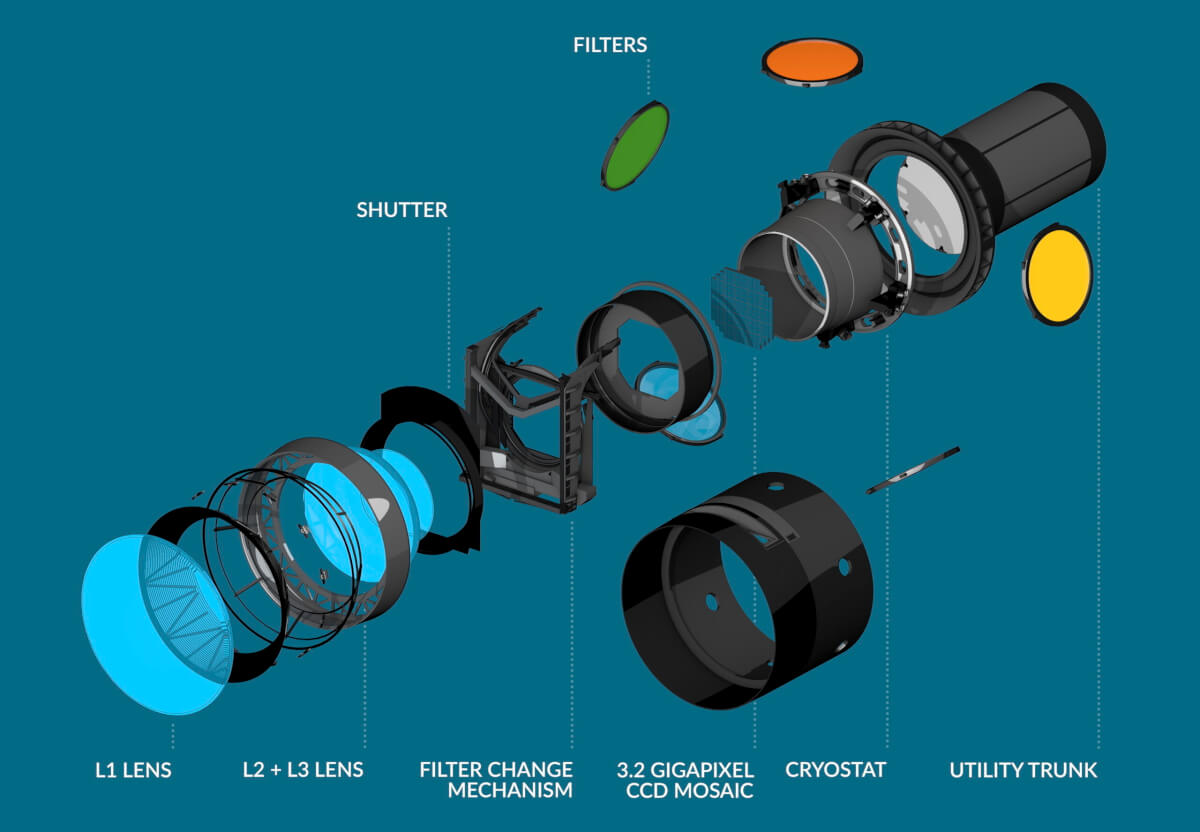
“The Lawrence Livermore National Laboratory is extremely proud to have had the opportunity to design and oversee the fabrication of the large lenses and optical filters for the LSST Camera, including the largest lens in the world,” says Vincent Riot, a LLNL engineer.
Now that the LSST Camera is complete and has undergone thorough testing at SLAC, it’s ready for its next big adventure. Later this year, it will be packed up and shipped to Chile, where it will be installed atop the Simonyi Survey Telescope on the 8,900-foot-high Cerro Pachón in the Andes Mountains.
As the Rubin Observatory prepares to open its eye to the sky, scientists around the world are eagerly anticipating the flood of data it will produce. “There are so many scientists here at SLAC and around the world who will find something valuable in the data this camera will produce,” says Risa Wechsler, a cosmologist who directs the Kavli Institute for Particle Astrophysics and Cosmology at SLAC and Stanford University. “This is an exciting time to be studying cosmology.”
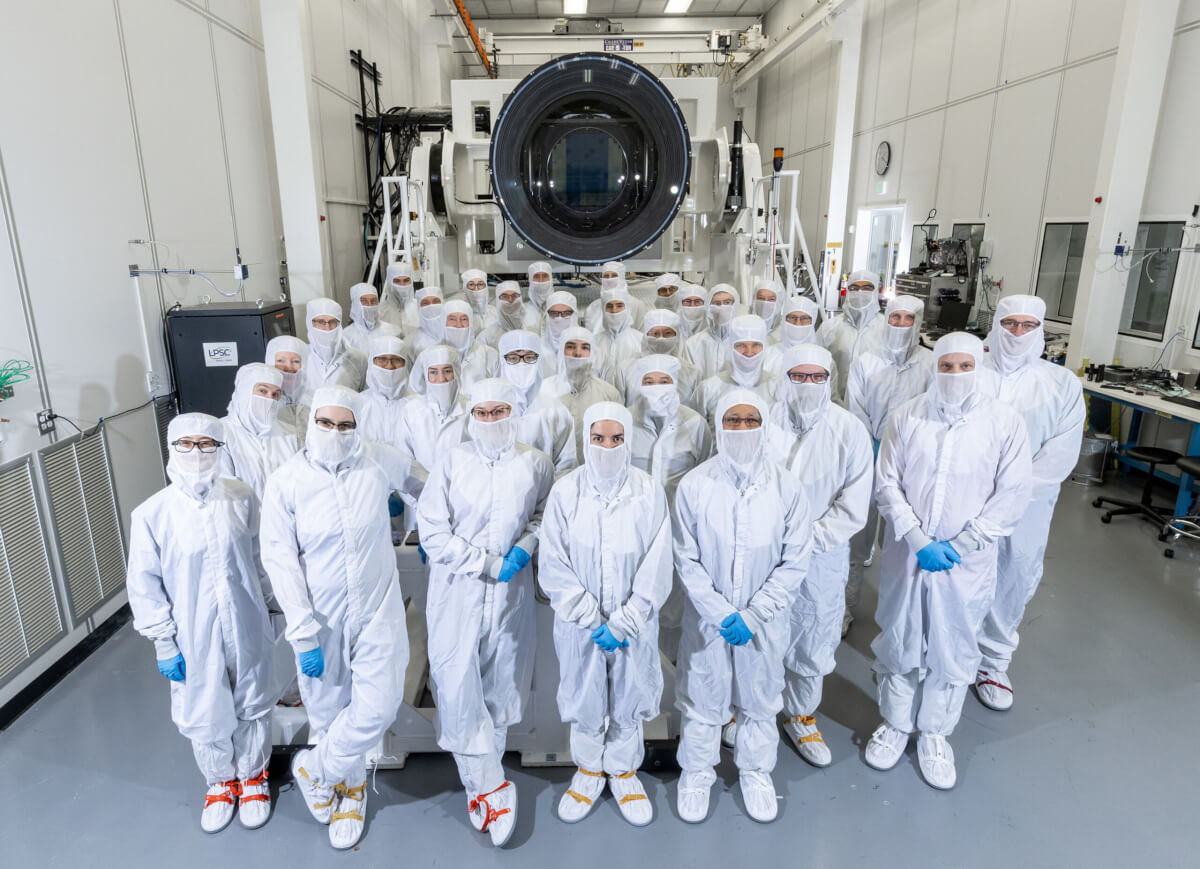
With the LSST Camera leading the charge, we stand on the precipice of a new era of astronomical discovery – one that promises to transform our understanding of the universe and our place within it. As SLAC Director John Sarrao put it, “The LSST Camera and Rubin Observatory will open new windows into our universe, yielding deep insights into some of its greatest mysteries while also revealing wonders closer to home.”
SWNS contributed to this report.
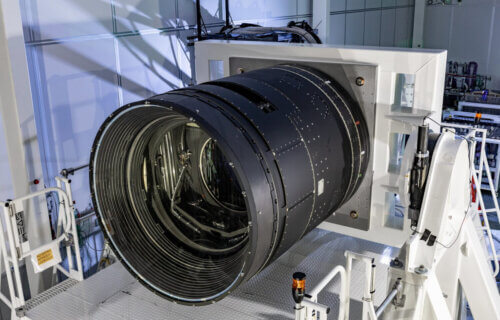
So more taxpayer money wasted looking for non-existent dark energy.
Making it look like an slr camera lens is kind of funny.